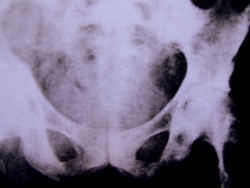
A study assessing the link between fitness and mortality, has been completed by the US Veterans Affairs Medical Centre in Washington. Nearly 16 ooo men, the largest number ever known in such a trial, were given a standard treadmill test to assess exercise capacity. Testing was conducted between May 1983 and December 2006, and participants were then followed for an average of 7.5 years and death rates were recorded.
The study found that “highly fit” men had only half the risk of death compared to “low fitness” men. Those who achieved “very highly fit” status, had a 70% lower risk compared to the “low fit” category. The authors say the risk of death is halved, simply by taking a brisk 30 minute walk, 5 to 6 days per week.
(Exercise Capacity & Mortality in Black and White Men. Journal of Circulation, 22 January 2008.)

 Dutch researchers have found that the most optimistic participants among a group of 545 men, aged 64 to 84, were 50% less likely to die from cardiovascular causes during a 15 year study.
Dutch researchers have found that the most optimistic participants among a group of 545 men, aged 64 to 84, were 50% less likely to die from cardiovascular causes during a 15 year study. 

 Researchers at the University of Nottingham have concluded that eating apples and tomatoes may help prevent respiratory disease.
Researchers at the University of Nottingham have concluded that eating apples and tomatoes may help prevent respiratory disease.